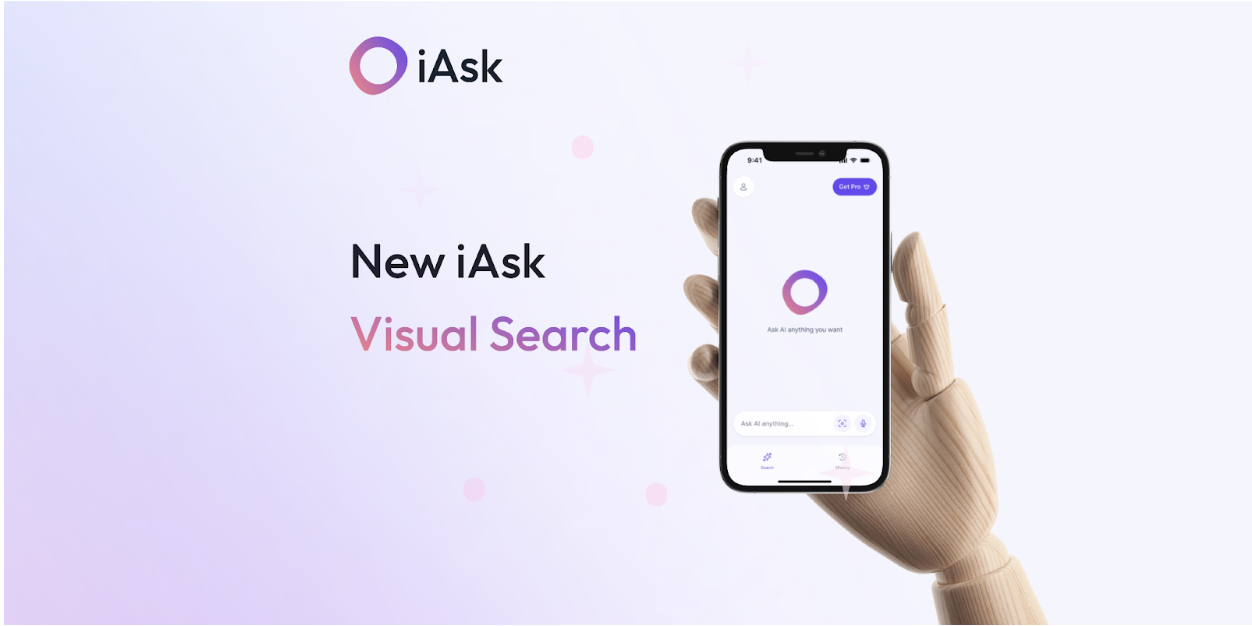Tech
10 Features to Look for in Any Software You’re Buying

Most businesses need a mix of different software applications to run efficiently in the modern world, including niche specialized software. Almost every business will need a combination of tools like HR and recruiting software, accounting software, and project management software. Some businesses will need applications like design software, or something that can calculate dimensions for manufacturing.
Clearly, when shopping for a specific type of software, you’ll have to look for specific features. But generally, what are the most important qualities to consider in your decision?
The Most Important Features
These are some of the most important features to look for in any software you’re buying for your business:
- Core features. First and foremost, you’ll need to think about the core functionality of the app. What is it that the app does? And is it capable of fulfilling your needs? Before you can answer these questions, you need to know what your needs are. What is it you’re trying to accomplish? Are you trying to do something more efficiently or document an important process? What are the limitations of this app, and do you have a way to get around them?
- UI/usability. Next, you’ll need to think about the app’s user interface and overall usability – especially if there will be lots of people using it. UI/UX design is about more than just making the app pretty; it’s about making sure the app is intuitive and easy to use. Ideally, a person should be able to figure out how to use the app with just a few minutes of poking around. If the screens are cluttered or poorly designed, even a good training session is going to leave people confused about what to do.
- Training and education. Even with a great UI, it’s possible that your employees will need some guidance before using the app effectively. That’s why it’s important to look for an app with built-in education and training options.
- Modularity and integrations. How modular is this software? Is it possible to integrate it with other apps or expand its capabilities in the future? This may or may not be a priority for your business.
- Customizability. How flexible and customizable is this software? Some businesses want to do a near-complete rebuild, tailoring the app to suit their needs exactly. Others prefer something out of the box, with no customization or forethought necessary.
- Speed and technical efficiency. How technically efficient is this software? Does it load quickly and respond to your inputs instantly? Is it relatively bug-free, with talented developers who can patch bugs shortly after they’re discovered?
- Update roadmaps. The software should work well immediately, but there should also be room for updates in the future. Does this developer intend to continue supporting the software for years to come? Are they planning the release of interesting new features, or do they at least have a plan for better security updates?
- Dedicated customer support. What happens if you or one of your employees experiences a problem? Do you have a dedicated customer service rep who can answer your questions and provide you with resources? Will this company work to help you achieve your goals?
- A critical differentiator. Chances are, there are dozens, or even hundreds of competing companies with products that serve the same function. It’s a bad idea to find one option and stubbornly stick with it; instead, you should review the competition and see what else is out there. Before making a final decision, you’ll need to find some kind of critical differentiator. What is it that makes this app better than the others? Does it have more features? A lower cost? Better customer reviews?
- A reasonable cost. Finally, you’ll want to look at the cost. An app may have everything you need (and everything you want), but if it’s going to cost a fortune to subscribe to it, it may not be worth the investment. That’s not to say you should make this decision frugally; oftentimes, you get what you pay for, and paying a bit more is warranted. But you also don’t want to drain the budget on something that isn’t perfect.
Tailoring Your Decision Process
While these features will all be important considerations for almost any software your business needs to buy, it’s important to customize your approach for your own specific needs and priorities. For example, are you working with a strict budget that makes cost your number one priority? Or are you willing to pay extra and make compromises to ensure your app is highly customizable? The “right” software will look different to different businesses, so make sure you’re familiar with your goals before launching your search.
Tech
How iAsk Visual Search Captures and Delivers Detailed Insights from the World You See

Byline: Shem Albert
There are moments when the world around you sparks curiosity, yet you do not even know the word for what you are seeing. You describe it in painstaking detail, type and retype, scroll through search results, hoping something matches. Minutes pass, sometimes longer, just to uncover a simple answer. That experience of encountering something unfamiliar and struggling to put it into words is all too common, yet often goes unnoticed. With a single photo, however, everything changes. iAsk Visual Search bridges that gap. Suddenly, the mystery becomes an opportunity to learn, experiment, or act in the moment.
Turning Discovery into Action
Using iAsk Visual Search is simple, yet the possibilities it opens up are immediate. You open the app and snap a photo of the object, diagram, or scene that has caught your attention. Instantly, the app identifies what it sees and provides context, turning a moment of curiosity into a starting point for exploration. From there, you can ask follow-up questions to dig deeper, consider alternatives, or uncover how something works in practical terms.
This goes far beyond basic identification. Where traditional image recognition might simply name an object or offer a brief description, iAsk lets you continue the conversation. It remembers the image, so you can explore multiple layers of information without starting over. What begins as a single observation quickly expands into actionable insights you can apply immediately.
Real-World Applications in Everyday Life
The real test of significance for iAsk Visual Search is how it is used in a user’s everyday life. Novice cooks and experienced chefs can rely on it to identify an unfamiliar ingredient and ask follow-up questions, such as preparation tips, cooking methods, or possible substitutions. Users can experiment with complementary flavors or adapt recipes based on what is available in their pantry, reducing hesitation and encouraging culinary creativity.
A quick snapshot of a street sign, menu, or product label in a foreign language is another way iAsk Visual Search supports everyday tasks. Users can ask follow-up questions to clarify translations, understand cultural context, or receive practical guidance. This enables individuals to navigate unfamiliar environments with confidence and ease.
These examples illustrate how iAsk Visual Search can become a versatile companion in daily life. It can serve as a travel guide, a study aid, or a creative assistant. Artists, crafters, and curious hobbyists can explore materials, techniques, or designs with guidance that is immediate and interactive. Each interaction transforms curiosity into tangible results, empowering users to act on the knowledge they gain instantly.
A Tool That Stands Apart
iAsk Visual Search stands out for its interactive, context-sensitive design. Users can maintain an ongoing dialogue with the app, exploring details without losing sight of the original image. This makes it possible to investigate complex subjects and adapt the information to specific tasks.
Privacy and accessibility are central to the experience. Images are not stored, personal data is not tracked, and there are no ads to interrupt the workflow. The app is available across multiple platforms without subscription barriers, making it accessible to students, parents, hobbyists, and professionals alike.
Curiosity Translated into Results
iAsk Visual Search turns a simple photo into an understanding you can act on. Whether it’s decoding a diagram, identifying an object, or untangling a confusing concept, a snapshot instantly delivers context, explanations, and next steps. It doesn’t just show you — it teaches you, guiding each discovery into something useful.
Every question becomes a chance to learn, explore, or create. From the kitchen to the classroom, the trailhead to the studio, iAsk makes the world clearer and curiosity immediately productive.
Snap. Ask. Learn. Then act. The answers are there. All you need to do is iAsk.
-

 Tech5 years ago
Tech5 years agoEffuel Reviews (2021) – Effuel ECO OBD2 Saves Fuel, and Reduce Gas Cost? Effuel Customer Reviews
-

 Tech6 years ago
Tech6 years agoBosch Power Tools India Launches ‘Cordless Matlab Bosch’ Campaign to Demonstrate the Power of Cordless
-

 Lifestyle6 years ago
Lifestyle6 years agoCatholic Cases App brings Church’s Moral Teachings to Androids and iPhones
-

 Lifestyle5 years ago
Lifestyle5 years agoEast Side Hype x Billionaire Boys Club. Hottest New Streetwear Releases in Utah.
-

 Tech7 years ago
Tech7 years agoCloud Buyers & Investors to Profit in the Future
-

 Lifestyle5 years ago
Lifestyle5 years agoThe Midas of Cosmetic Dermatology: Dr. Simon Ourian
-

 Health7 years ago
Health7 years agoCBDistillery Review: Is it a scam?
-

 Entertainment6 years ago
Entertainment6 years agoAvengers Endgame now Available on 123Movies for Download & Streaming for Free
